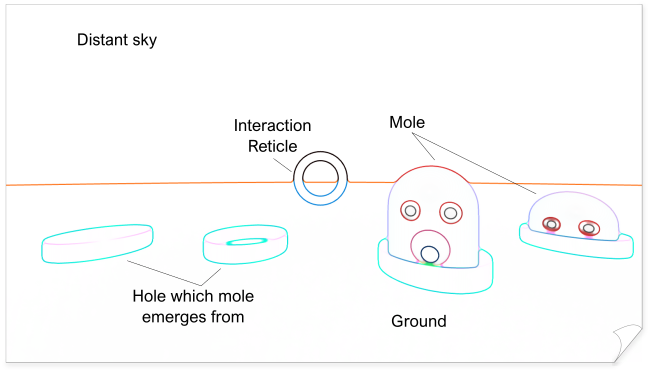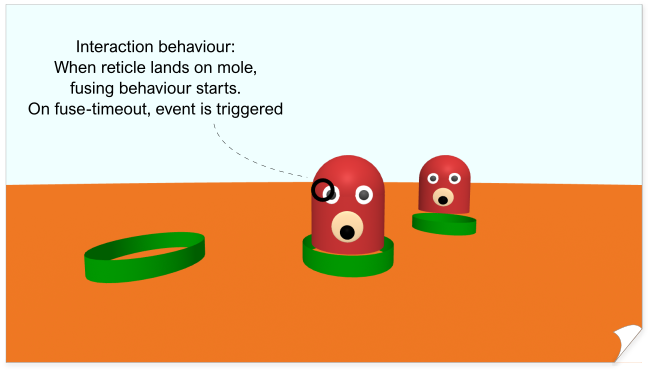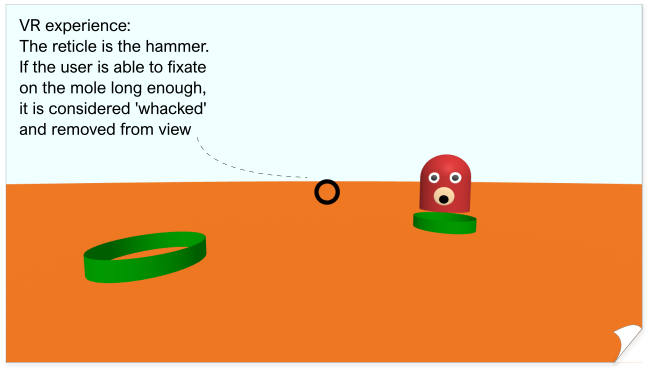Home / IT & Computer Science / Digital Media / Construct a Virtual Reality Experience / The key elements of a simple VR Experience

Reach your personal and professional goals
Unlock access to hundreds of expert online courses and degrees from top universities and educators to gain accredited qualifications and professional CV-building certificates.
Join over 18 million learners to launch, switch or build upon your career, all at your own pace, across a wide range of topic areas.


 Figure 1. First Storyboard Panel of Whack-A-Mole: Set the context
Figure 1. First Storyboard Panel of Whack-A-Mole: Set the context Figure 2. Second Storyboard Panel of Whack-A-Mole: Spatial and colour attributes
Figure 2. Second Storyboard Panel of Whack-A-Mole: Spatial and colour attributes Figure 3. Third Storyboard Panel of Whack-A-Mole: Motion
Figure 3. Third Storyboard Panel of Whack-A-Mole: Motion Figure 4. Fourth Storyboard Panel of Whack-A-Mole: Interaction
Figure 4. Fourth Storyboard Panel of Whack-A-Mole: Interaction Figure 5. Fifth Storyboard Panel of Whack-A-Mole: VR experience
Figure 5. Fifth Storyboard Panel of Whack-A-Mole: VR experience






